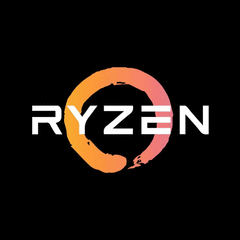Upgrade frustration
If you are using Windows 10, Windows 10 will not load the Intel drivers. Since, I think Windows 8, Windows only loads drivers that are used, unlike before (it used to do it, but only for select things).
To uninstall a driver that has been excluded from being loaded, open Device Manager, and click on View > Show Hidden devices.
Everything you see with icons that are semi-transparent, are devices that Windows has the driver for (that is outside of the built-in Windows ones) that are not loaded. Select one at a time (the semi transparent ones) and hit the Delete key to remove them.
That said, and this is where the recommendation to clean install Windows still stands. Usually, many drivers includes Control Panels, and other elements that run on the back, and those can assume you have the right hardware (usually does), and do things it should not, affecting your experience. So it is best to clean install Windows. Also, it gives you the opportunity of:
- Clean up your system, and reorganize your files
- If you have an HDD, a format and clean install is the best way to defrag and reorganize data in order.
- Reconfigure your UEFI/BIOS to the correct settings, and install correctly. For example, if you had UEFI set to Legacy mode, or come from a BIOS based system, you can now turn off Compatibility Support Module, ensure that UEFI is enabled, and clean install Windows with full disk format (assuming you re-use the disk drive from the previous version) so that it is probably configured for UEFI system (if it is not, some motherboard will repeat the boot process on the back, but this time disable UEFI without you knowing, each time you restart or tower up your PC), and Windows is setup accordingly, enjoying faster boot speeds and have full UEFI support.
- Gives you the opportunity to have all your software and drivers fully updated.


















Create an account or sign in to comment
You need to be a member in order to leave a comment
Create an account
Sign up for a new account in our community. It's easy!
Register a new accountSign in
Already have an account? Sign in here.
Sign In Now